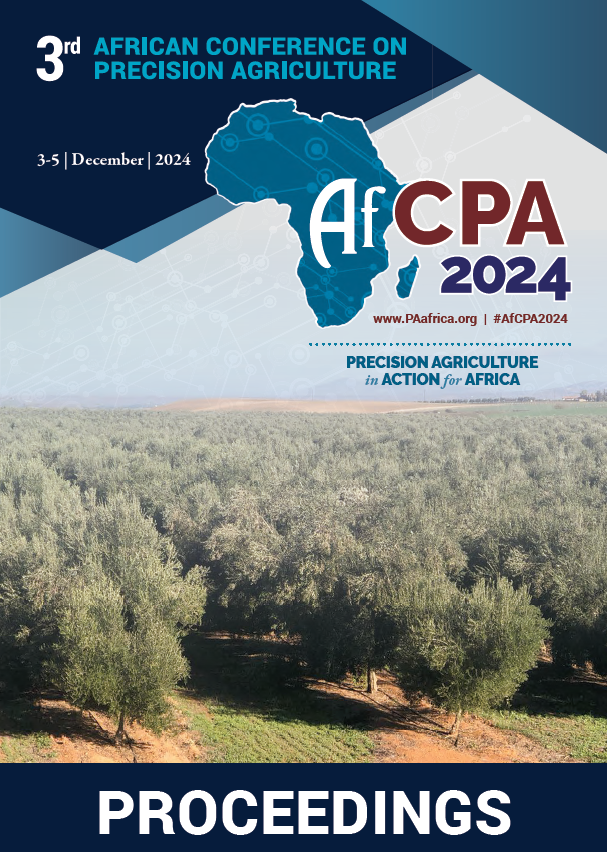Download the Conference Proceedings
Proceedings
Topics
| Filter results7 paper(s) found. |
|---|
1. Remote Sensing: from Plot Towards Landscape ScalesThe agricultural research sector is working to develop new technologies and decision support tools to sustainably increase food productivity, ensure global food security and decrease poverty. Precision Agriculture (PA) and specially Remote Sensing (RS) technologies have become more affordable in recent years. Cameras have become more compact and lighter, with improved spectral and spatial resolutions. The use of incoming light sensors allows for images to be automatically calibrated to surfac... F. Rodrigues |
2. Tropical Precision Agriculture: the Brazilian ExperienceSoils with limited natural fertility and high dependence on imported fertilizers, in addition to intense natural spatial variability, are factors that made Precision Agriculture (PA) develop in Brazil. More than 20 years of academic and business experience have been accumulated, with intense consulting services with business models adapted to local conditions, involving small, medium and large rural properties. Innovations and challenges are still needed in the field of soil fertility managem... J. Molin |
3. Harnessing Soil Health to Create More Restorative and Resilient Food Systems in the Central Highlands Eco-Region FoodscapeThe relationships among soil health and adoption of regenerative practices, crop productivity, human nutrition and farm profitability are intricate and poorly understood, particularly in the Central Highlands of Kenya. There is a need for a deeper understanding of how soil health is affected by the profitability of preferred value chains among smallholders in this ecoregion. The Central Highlands Ecoregion Foodscape, or the CHEF, which is within the Upper Tana River Basin is centered around f... R. Sitienei |
4. Overview of Precision Agriculture Education in North AmericaDr. Fulton will present about current educational degree programs and courses being taught in North America on precision and digital agriculture. He will also note feedback from industry on precision agriculture educational needs and where universities are heading with their PA programs. ... J. Fulton |
5. Global Renewal and Future of On-farm ExperimentationExperimenting on farm with farmers is gaining momentum as a choice instrument to contribute to addressing global challenges. This presentation will show how the complex histories of field experiments and participatory research are leading toward OFE solutions that are both evidence-based and farmer-centric. Varied communities thread these collaborative innovation pathways, among which those of Precision Agriculture occupy a key position for their ability to leverage scientific rigor, agronomy... M. Lacoste |
6. The Role of Smart-Advisory Services in Climate-resilient AgricultureCrop management is strongly influenced by changes in weather and climate, therefore strengthening resilience and environmental sustainability will require robust advisory services that can support farmers’ decisions. Crop production adaptations to weather, climate variability, and change will need combined efforts from farmers, academia, industry, and government to co-develop solutions, train future workforce not only to advise the farming community but also develop solutions and also e... B. Ortiz |
7. Precision Agriculture in Africa; the Youth Are ReadyPrecision Agriculture holds enormous potential for Africa’s food security and socio-economic development. With the evolvement of the global agricultural systems and the growing emergence of the Fourth Agricultural Revolution (Agric 4.0), Africa is presented with a huge opportunity to leverage precision agriculture to meet its growing population demands in a sustainable environment. Of course, the growth of precision agriculture practices and tools is not without its challenges. However,... F. Adekoya |
